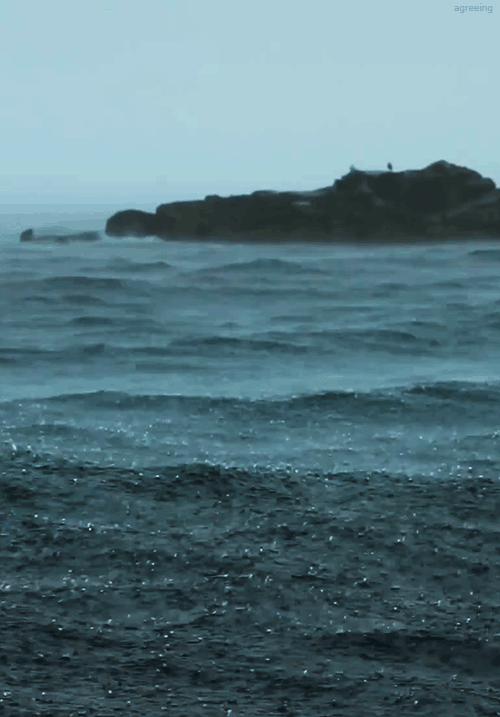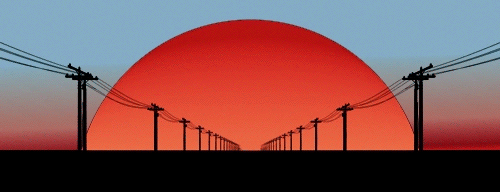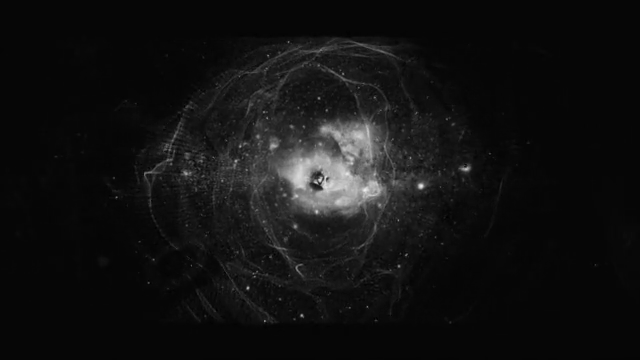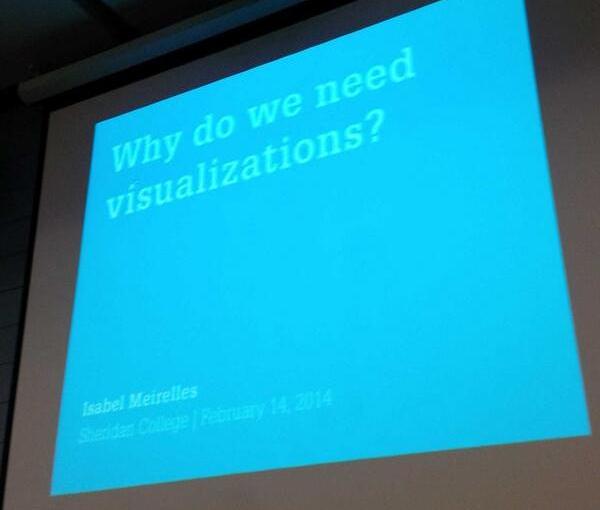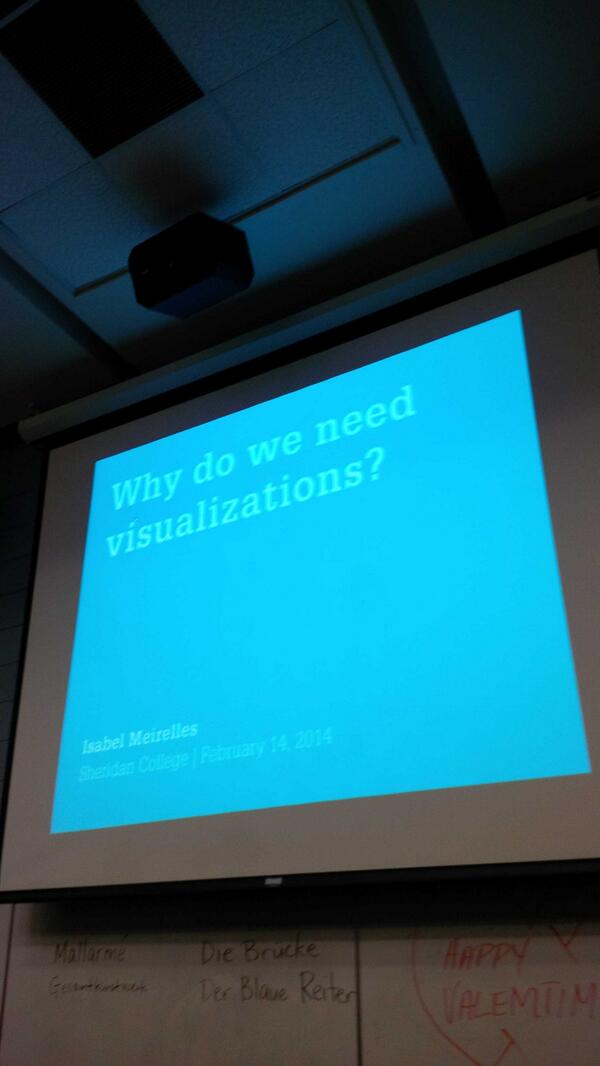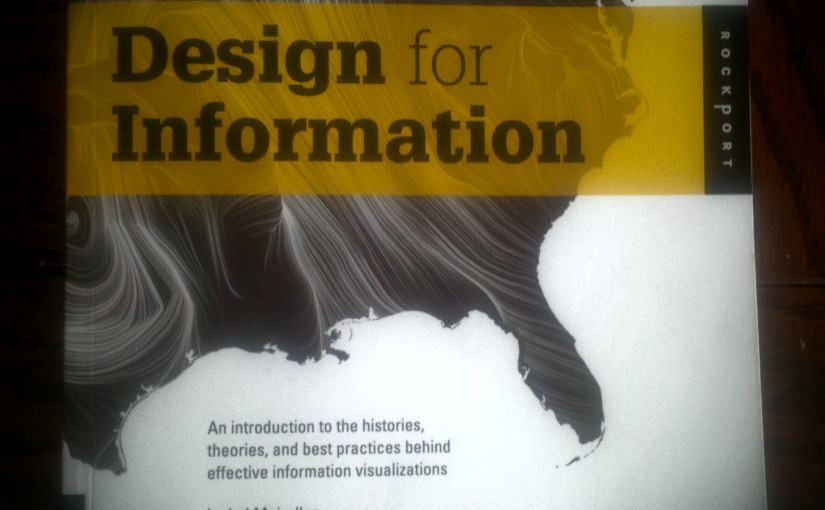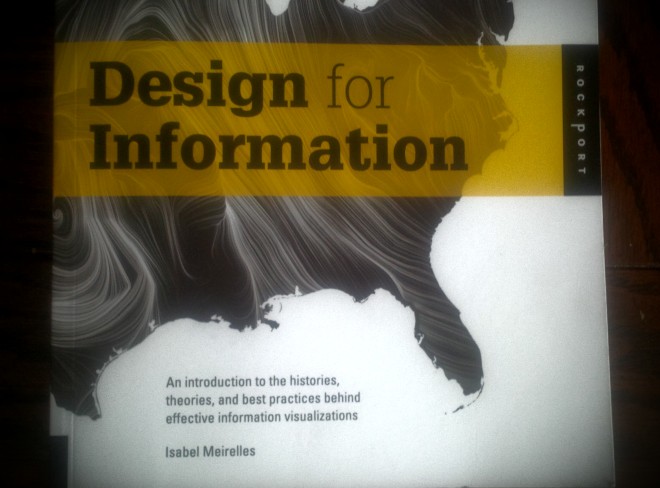
The idea of doing nothing and the premise of this website, like all good things, is supported by research. But first, join me while I go down memory lane to the true inspiration for my website, my childhood.
I grew up during the 90s, a magical time without social media, limited internet, no cable (I now thank my parents for this), and a backyard that consisted of 40 acres of fields and woods. Weekends would roll around and I would inevitably moan to my parents: “I’m booooooored.” Rolling around on the ground like a piece of wet spaghetti.
Every kid says this or at least they did when I was growing up. But unlike other kids, I didn’t have MTV to turn to. My parents would always say: “Go outside and use your imagination.” *eye role* What a cop out. They are just trying to get rid of me.
Wow, was I ever wrong.
The ‘bored’ times I spent wandering in the woods is what made me who I am today. Hours spent exploring every inch of those 40 acres without a plan, without friends, set my imagination on fire.
A fallen over tree with termite holes became a ladder and a lookout for what would become a made up classroom. Luckily for me a school shut down at the end of our street and I scored an old desk. It’s still there to this day.
An empty fox or coyote hole filled with me fear (where are they?) but also led me to imagine those woods as a Beatrix Potter-esque world.
I could go on. Point is, the ideas and fantasies I made up were endless and emerged because my mind was clear and I was incredibly bored. This is what the Italians call La Dolce Far Niente or the sweetness of doing nothing. Not a new concept, just rarely practiced or celebrated.
I’m on a mission to change that.
Image Source: Sadly, cannot remember.
